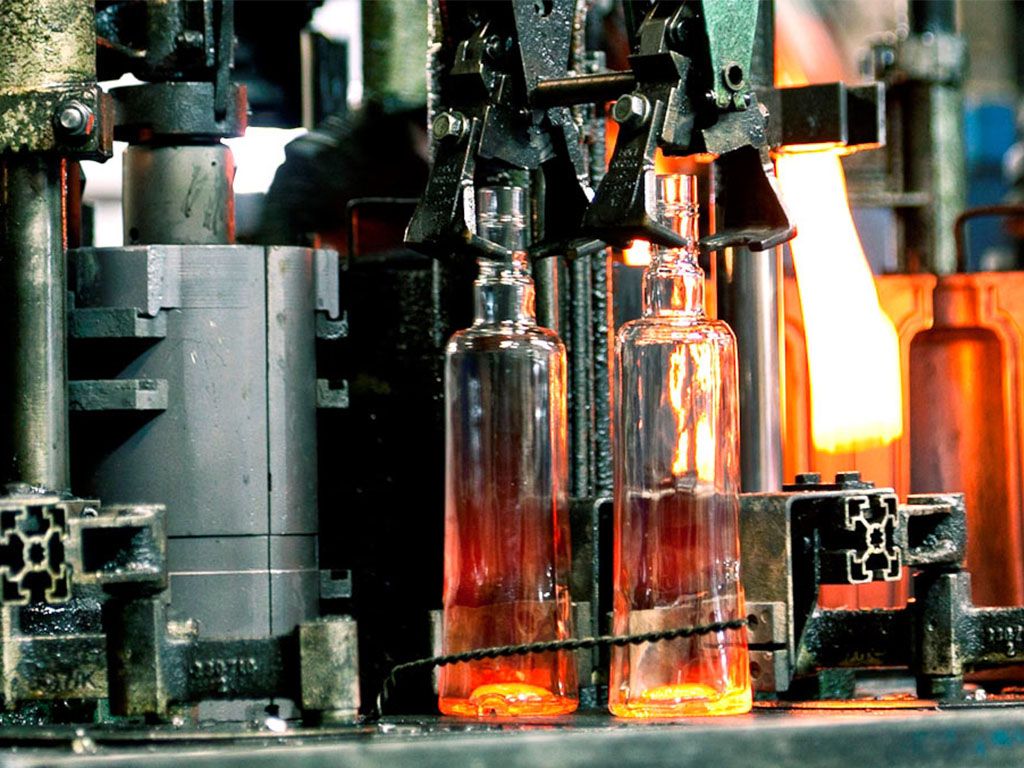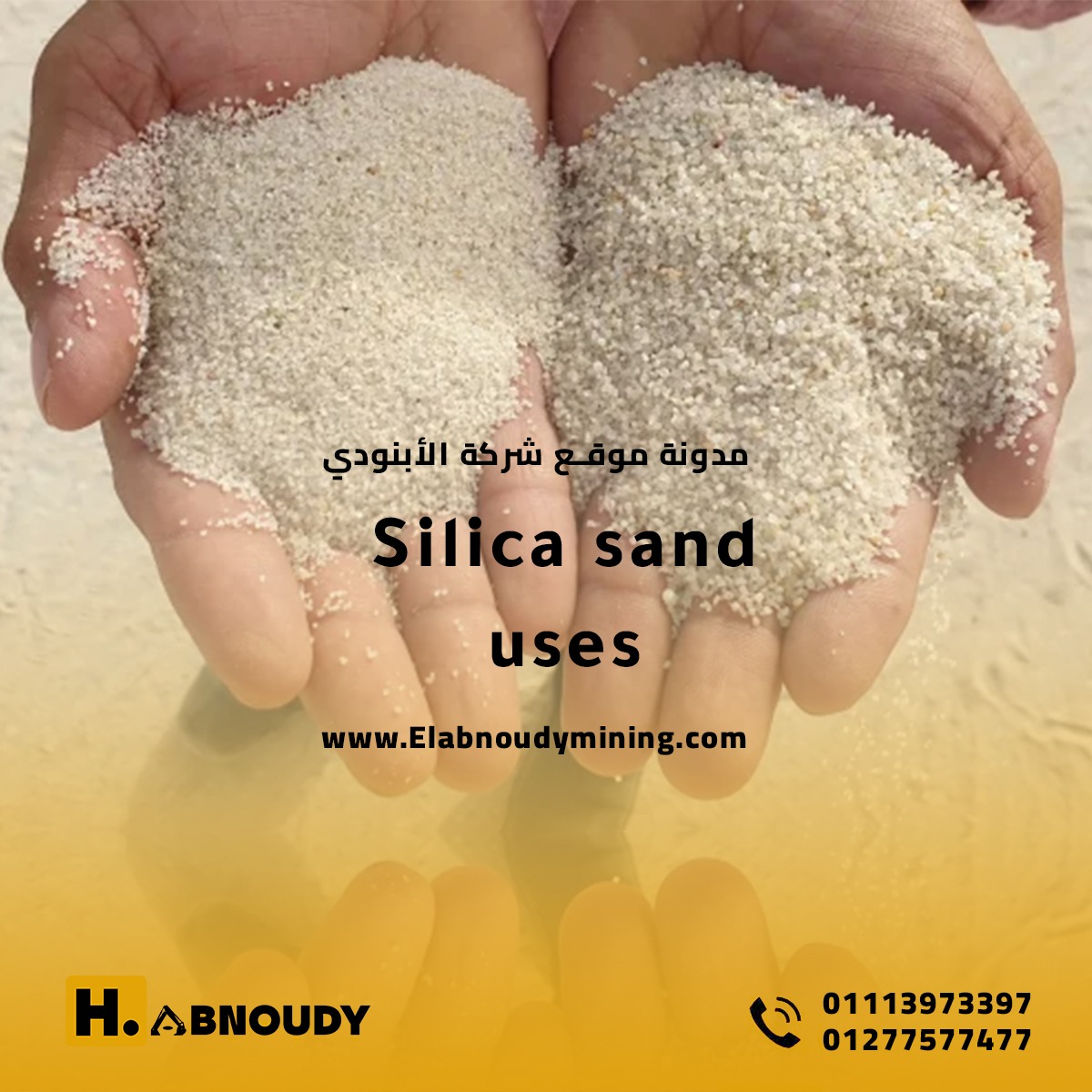Silica sand, a naturally occurring granular material composed of finely divided rock and mineral particles, is a fundamental component in various industries due to its versatility and unique properties. From construction to manufacturing, filtration, and beyond, silica sand plays a crucial role in numerous applications. Let’s delve into the diverse uses of silica sand and explore why it is such a valuable resource.

Silica sand uses
Construction Industry
In the realm of construction, silica sand serves as a cornerstone material in several ways:
- Concrete Production: Silica sand is a primary ingredient in concrete, providing strength and durability to the final product. Its fine particles fill voids between larger aggregates, enhancing the concrete’s overall cohesion and structural integrity.
- Mortar and Grout: Silica sand is mixed with cement to create mortar and grout, essential materials for bricklaying, tile installation, and other masonry work. The sand helps improve the workability and bonding properties of these mixtures.
- Sandblasting: In construction and renovation projects, sandblasting with silica sand is used for surface preparation, cleaning, and restoring various structures. It efficiently removes paint, rust, and contaminants from surfaces, preparing them for coatings or repairs.

Silica sand uses
Glassmaking Industry
Silica sand is indispensable in the glass manufacturing process, contributing to the transparency, strength, and thermal stability of glass products. Here’s how silica sand is utilized in glassmaking:
- Glass Batch Production: Silica sand is a key component of glass batch formulations, where it provides silica dioxide (SiO2), a crucial component for glass clarity and chemical stability.
- Fiberglass Production: Silica sand is melted and drawn into fine fibers to produce fiberglass, widely used in insulation, composites, and reinforcement materials due to its excellent strength-to-weight ratio and thermal insulation properties.
Filtration and Water Treatment
Silica sand’s natural filtration properties make it an ideal choice for water and wastewater treatment processes:
- Pool Filters: Silica sand is commonly used in pool filtration systems to remove impurities and particles from swimming pool water, ensuring clean and safe recreational environments.
- Drinking Water Treatment: In municipal water treatment plants, silica sand is employed in filtration systems to remove suspended solids, bacteria, and contaminants, producing potable water for public consumption.

Silica sand uses
Industrial Applications
Beyond construction and glassmaking, silica sand finds applications in various industrial sectors:
- Foundry Casting: Silica sand is used in foundries for mold and core production in metal casting processes. Its high heat resistance and refractory properties help create intricate molds that withstand extreme temperatures during metal pouring.
- Abrasive Blasting: Silica sand’s hardness and angularity make it suitable for abrasive blasting applications, such as cleaning metal surfaces, preparing substrates for coatings, and etching designs on glass or stone.
How Silica Sand Is Different From Regular Sand
Silica sand and regular sand are two distinct materials with different compositions and properties, leading to their unique applications and uses. Here’s how silica sand differs from regular sand:
Composition
- Silica Sand:
- Silica sand primarily consists of silicon dioxide (SiO2), usually in the form of quartz crystals. It is a granular material with a high percentage of silica, typically ranging from 95% to 99%.
- Due to its high silica content, silica sand is often white or translucent and has a uniform particle size, making it ideal for various industrial applications.
- Regular Sand:
- Regular sand, also known as beach sand or natural sand, is composed of a mixture of minerals and organic particles. It may contain silica but in lower concentrations compared to silica sand.
- Regular sand can have varying colors, such as beige, brown, or reddish, depending on its mineral composition and origin. It often includes a mix of silica, calcium carbonate, shell fragments, and other minerals.
Properties
- Silica Sand:
- High Purity: Silica sand is known for its high purity levels, free from contaminants that could affect its performance in industrial processes.
- Hardness and Abrasiveness: Silica sand is harder and more abrasive than regular sand, making it suitable for applications like sandblasting and abrasive blasting.
- High Melting Point: Silica sand has a high melting point, making it valuable for glassmaking and foundry casting applications.
- Regular Sand:
- Varied Composition: Regular sand has a diverse mineral composition, which can affect its properties and suitability for specific uses.
- Softness: Compared to silica sand, regular sand is generally softer and less abrasive, making it suitable for uses like beach recreation, landscaping, and children’s play areas.
- Lower Melting Point: Regular sand may have a lower melting point compared to silica sand, limiting its use in high-temperature applications like glass production.
Applications
- Silica Sand:
- Glassmaking: Silica sand is crucial in glass production due to its high silica content, clarity, and thermal stability.
- Foundry Casting: It is used for mold and core production in metal casting processes due to its refractory properties.
- Filtration: Silica sand is employed in water and wastewater treatment for its natural filtration capabilities.
- Abrasive Blasting: It is used as an abrasive material for sandblasting and surface preparation in various industries.
- Regular Sand:
- Construction: Regular sand is commonly used in construction for concrete and mortar production, as well as for filling and leveling surfaces.
- Landscaping: It is used for landscaping purposes, such as creating beaches, pathways, and garden beds.
- Play Areas: Regular sand is used in children’s play areas, sandboxes, and recreational beaches due to its softer texture.
In summary, while both silica sand and regular sand share similarities as granular materials derived from natural sources, their distinct compositions, properties, and applications make them suitable for different industrial, construction, and recreational purposes. Understanding these differences is essential for selecting the right type of sand for specific projects and applications.

Silica sand uses
Conclusion
Silica sand’s versatility and wide-ranging applications underscore its importance across multiple industries. Whether it’s strengthening concrete, enhancing glass clarity, purifying water, or facilitating metal casting, silica sand plays a vital role in modern manufacturing and infrastructure development. However, it’s crucial to handle and use silica sand responsibly, considering health and environmental guidelines to mitigate potential hazards associated with silica dust exposure





0 Comments